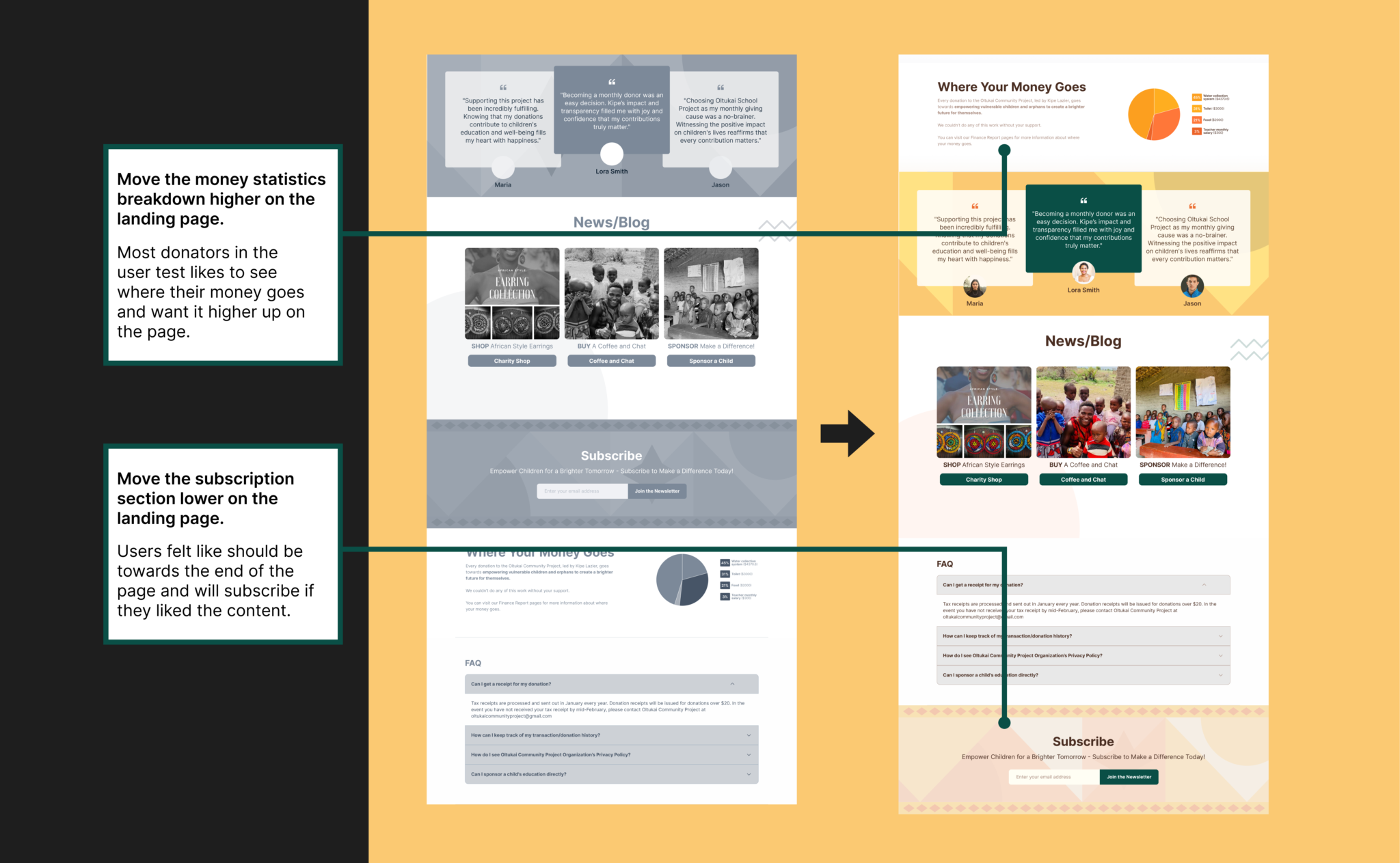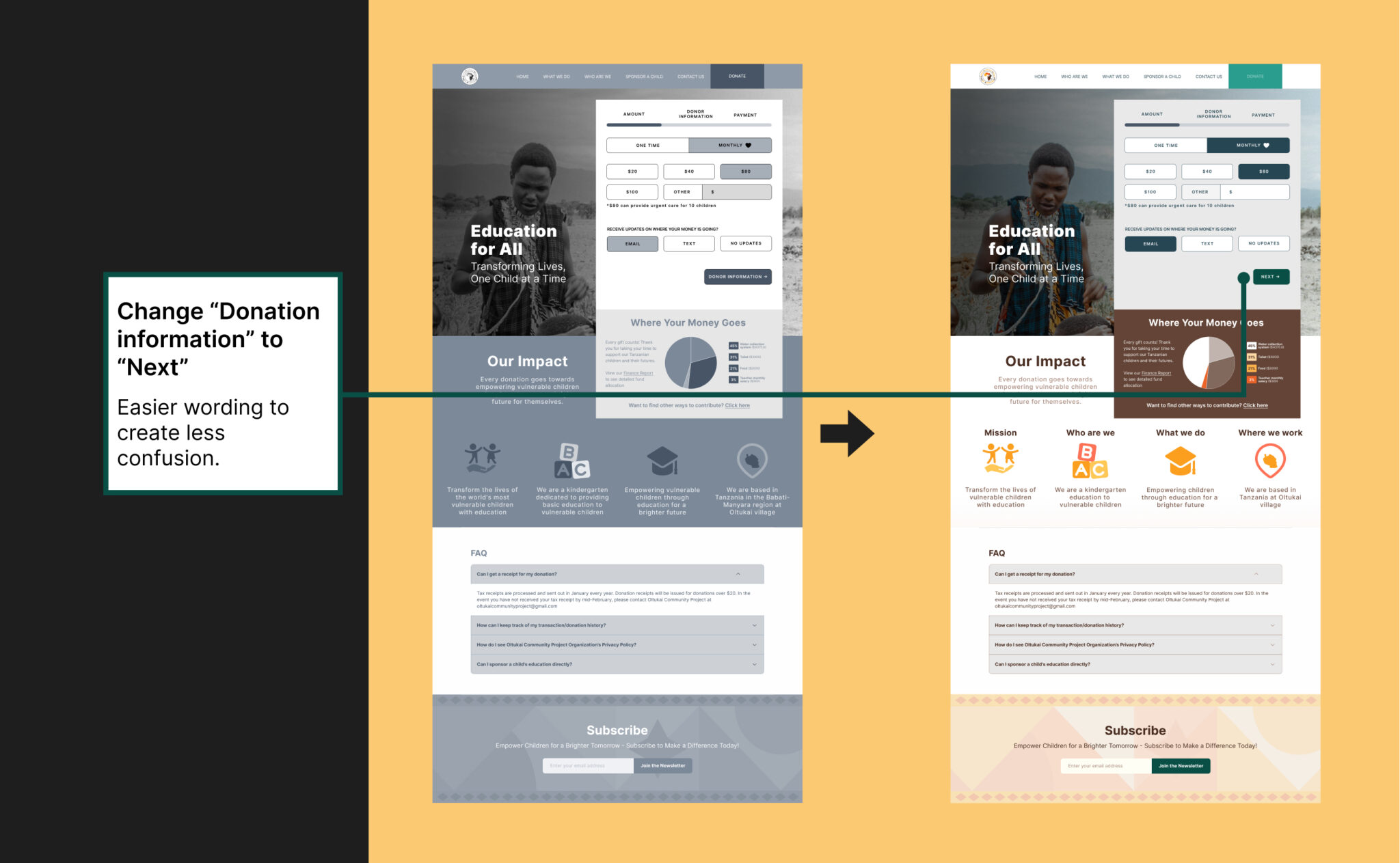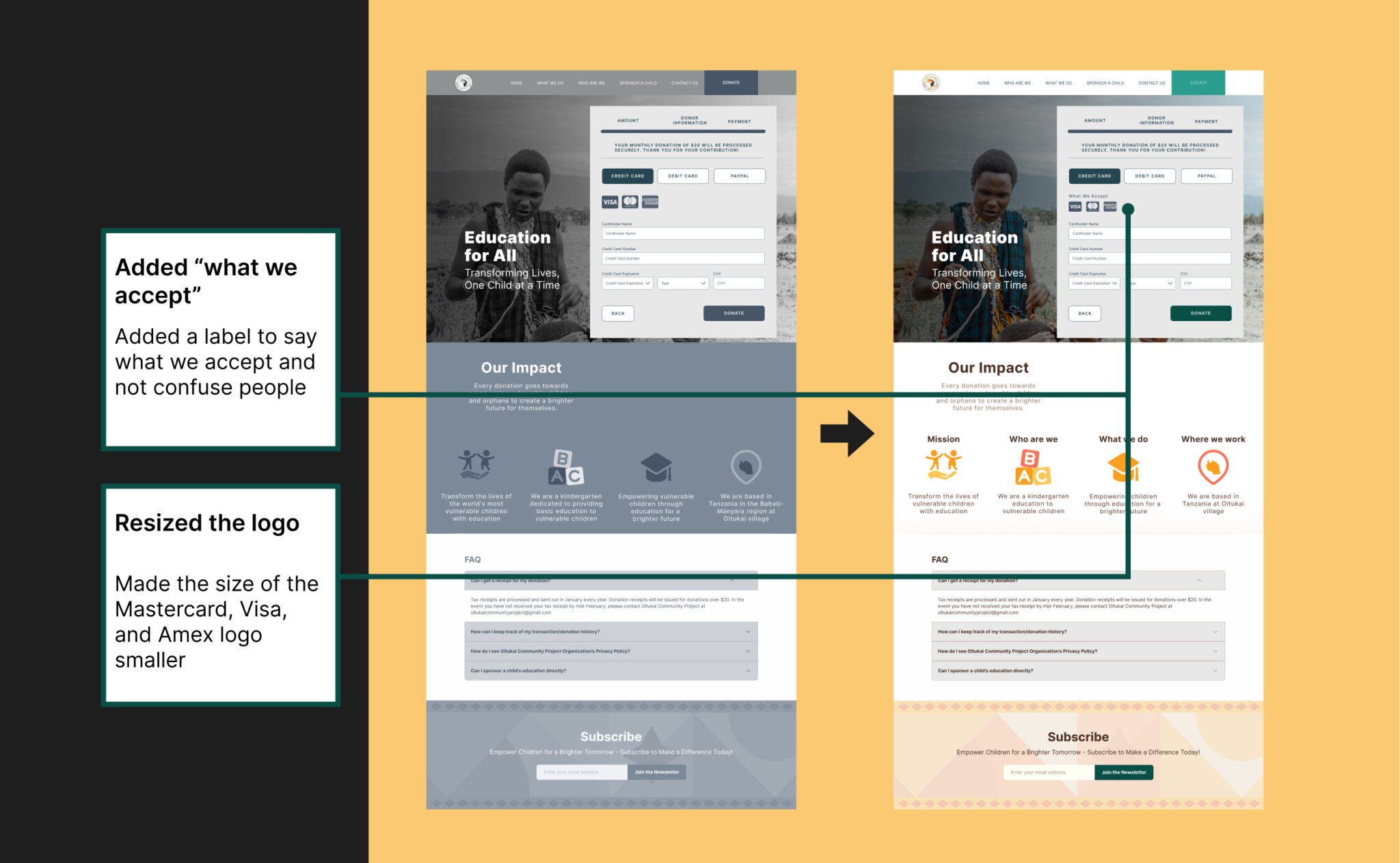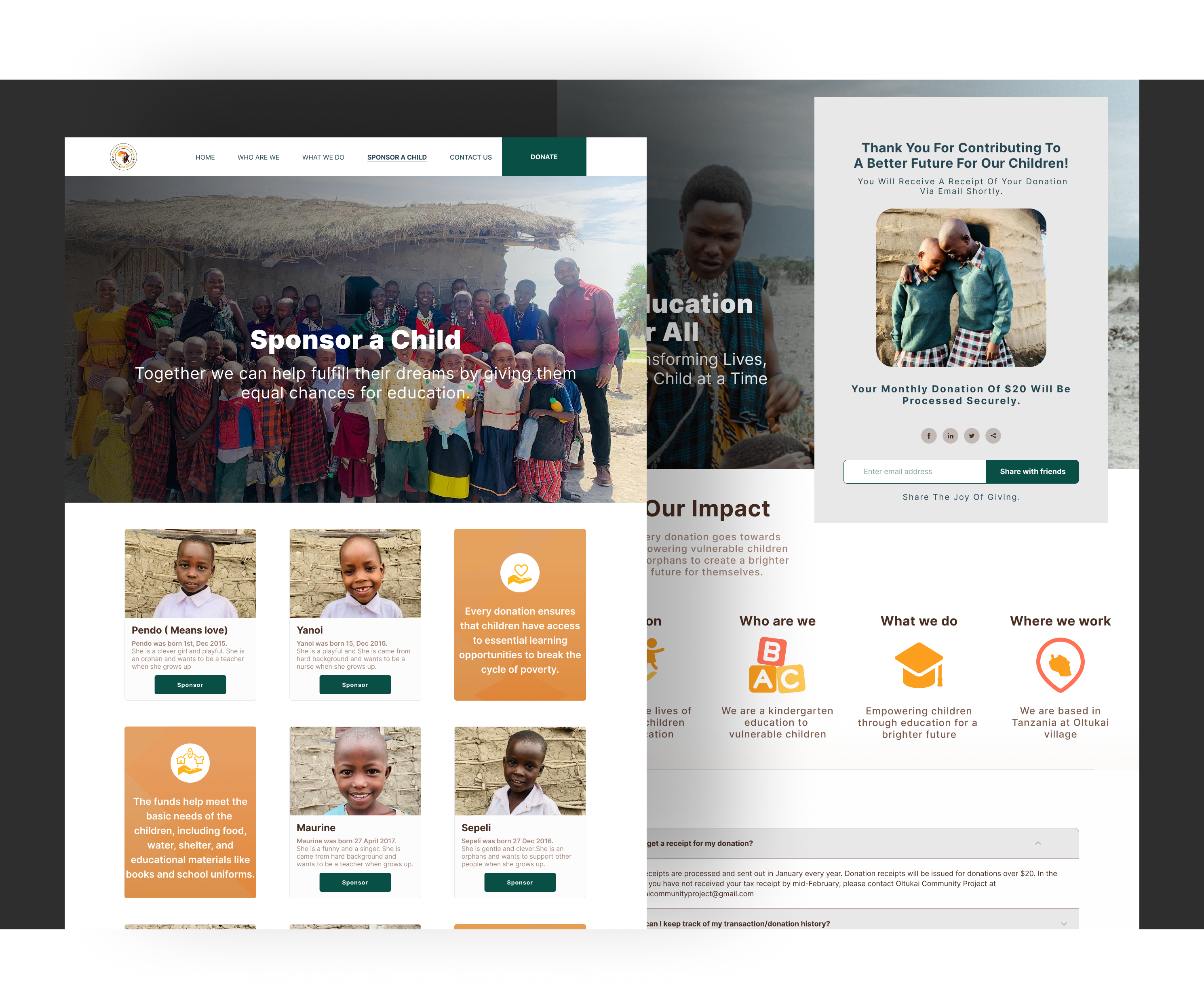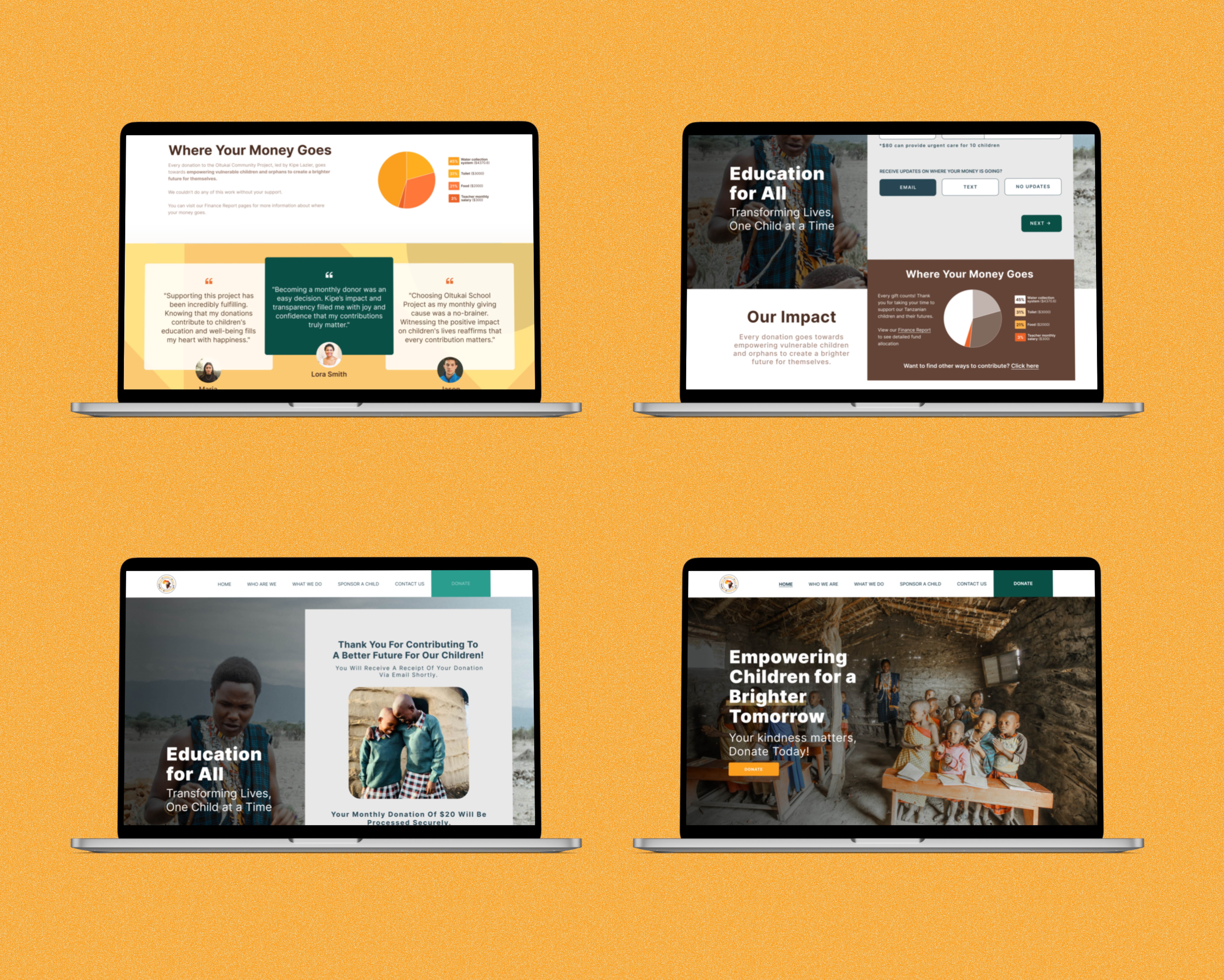Tools: Figma
Team: Lucy Zhang (myself), Raluca, Debra
My Role: UX research, Concept, Wireframe, Prototype
Timeline: 1 week sprint(Day 1: Research, Day 2 Sketch, Day 3: Wireframe & prototype, Day 4: User testing, Day 5: UI & Color injection)
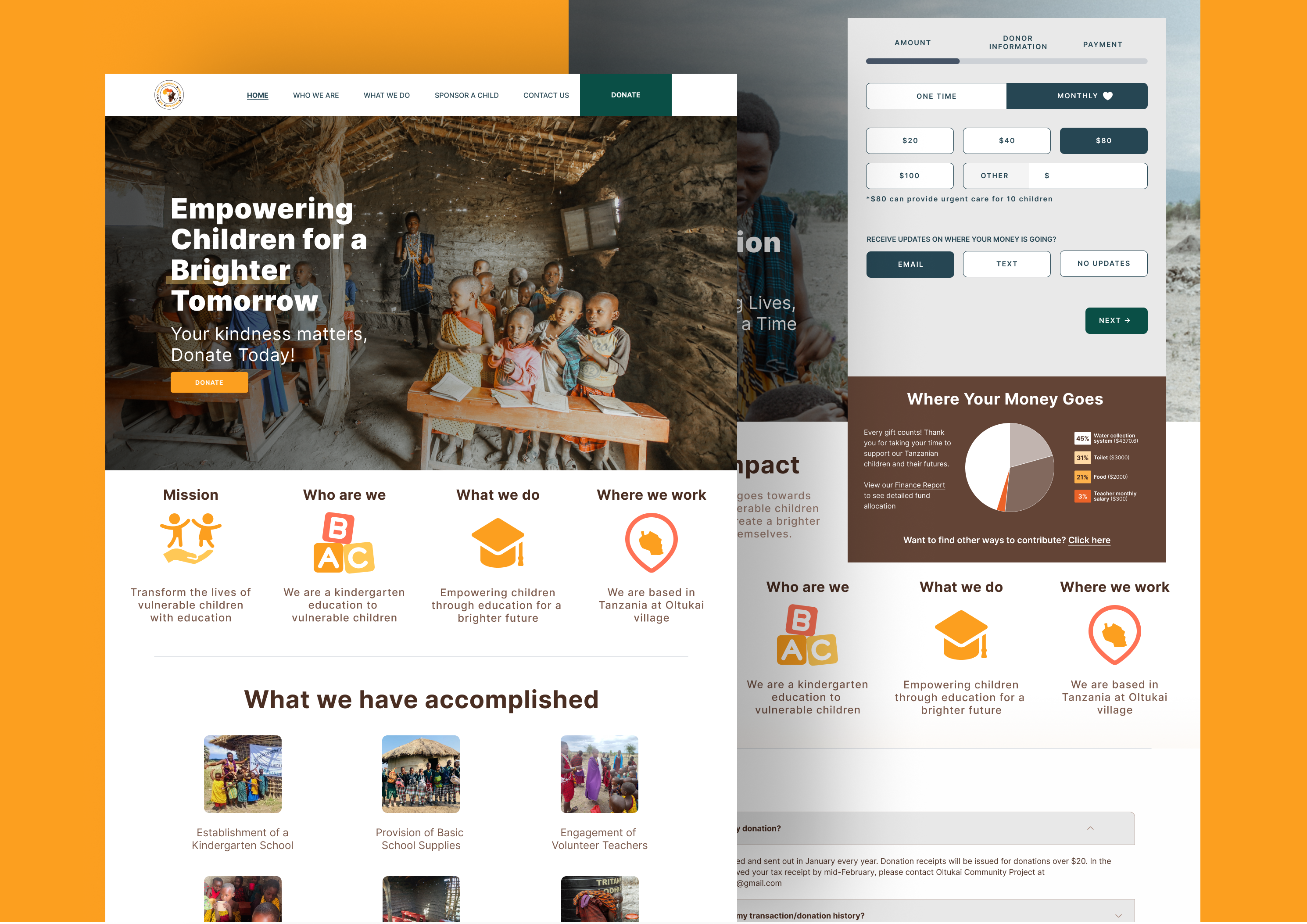
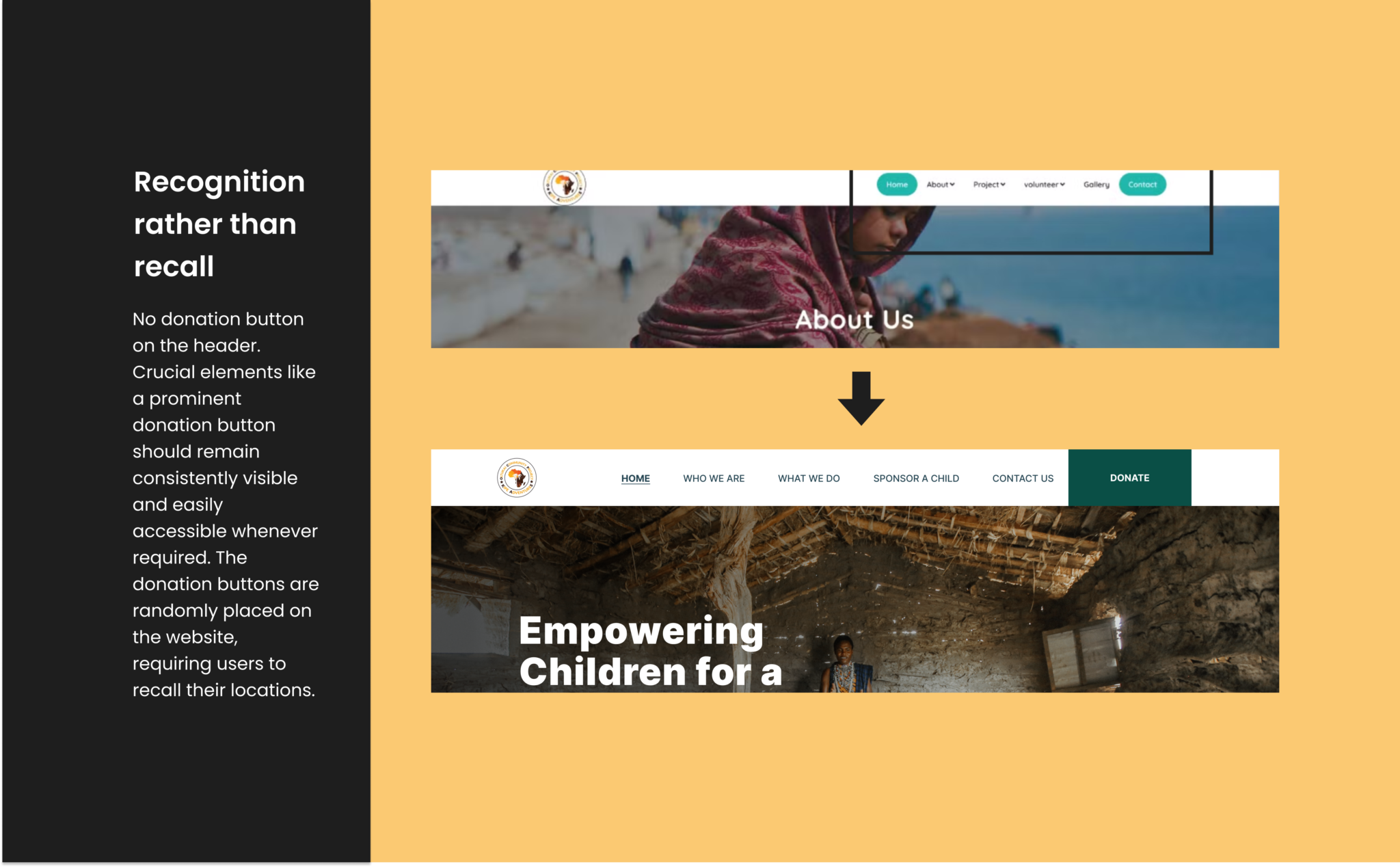
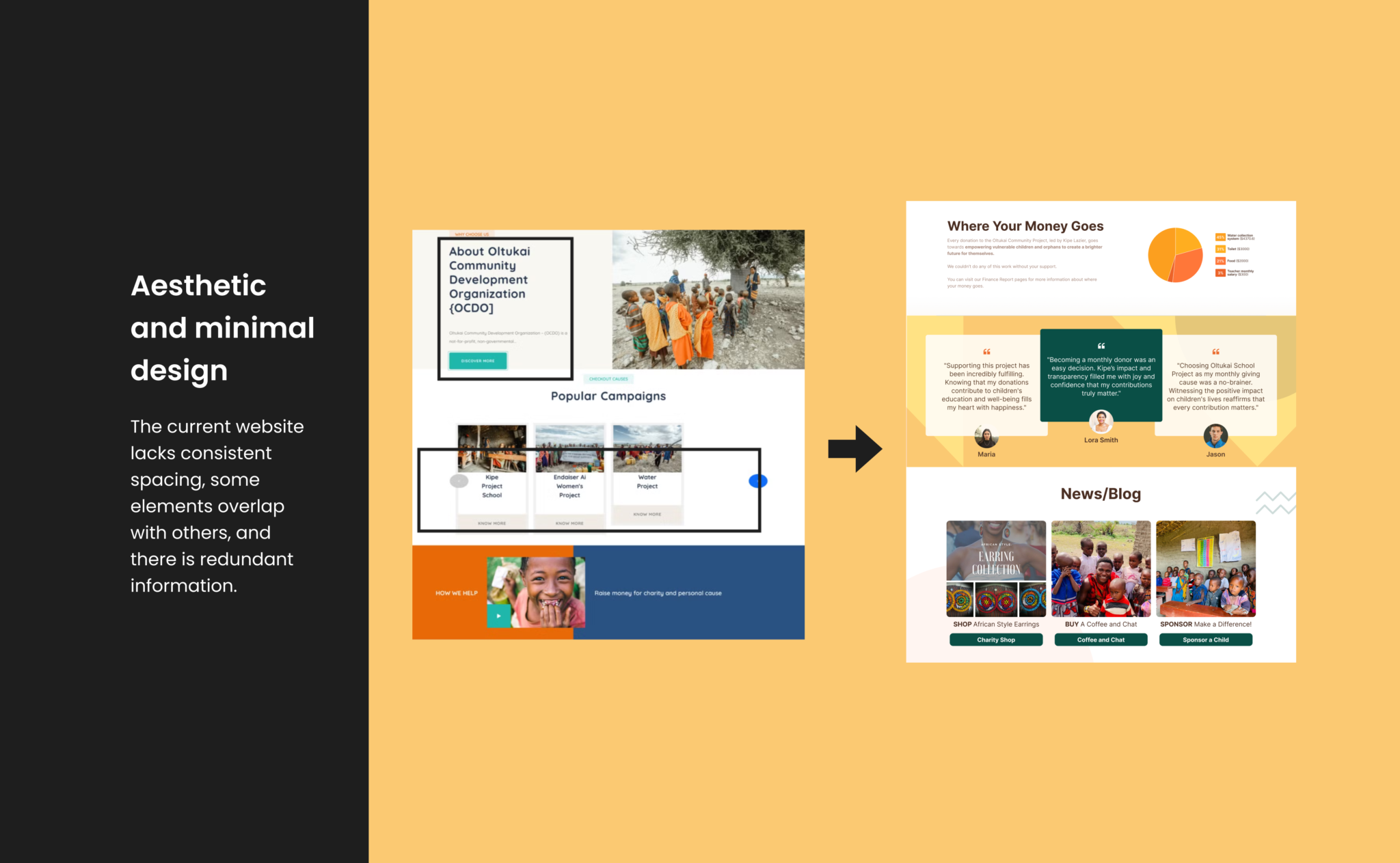
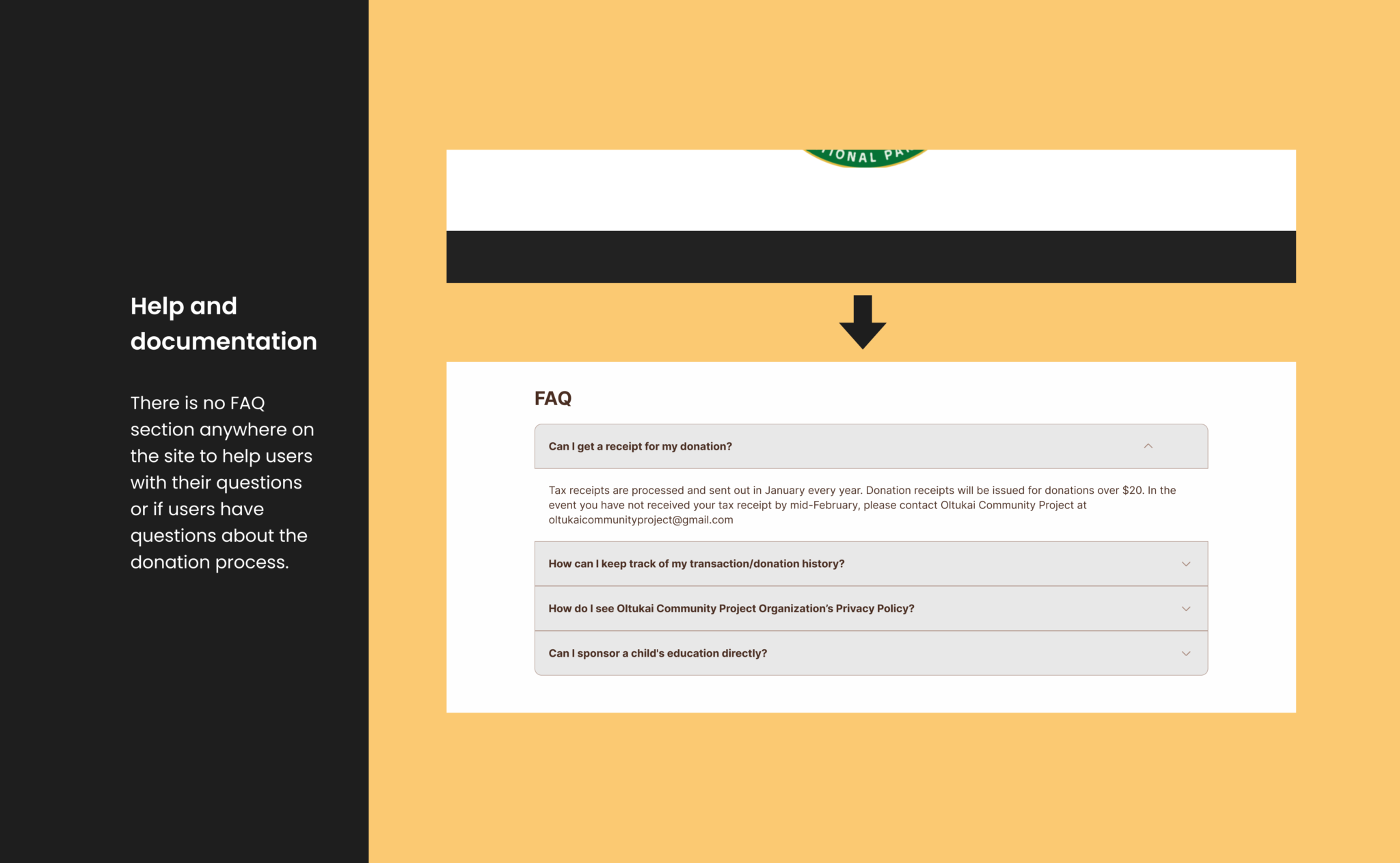
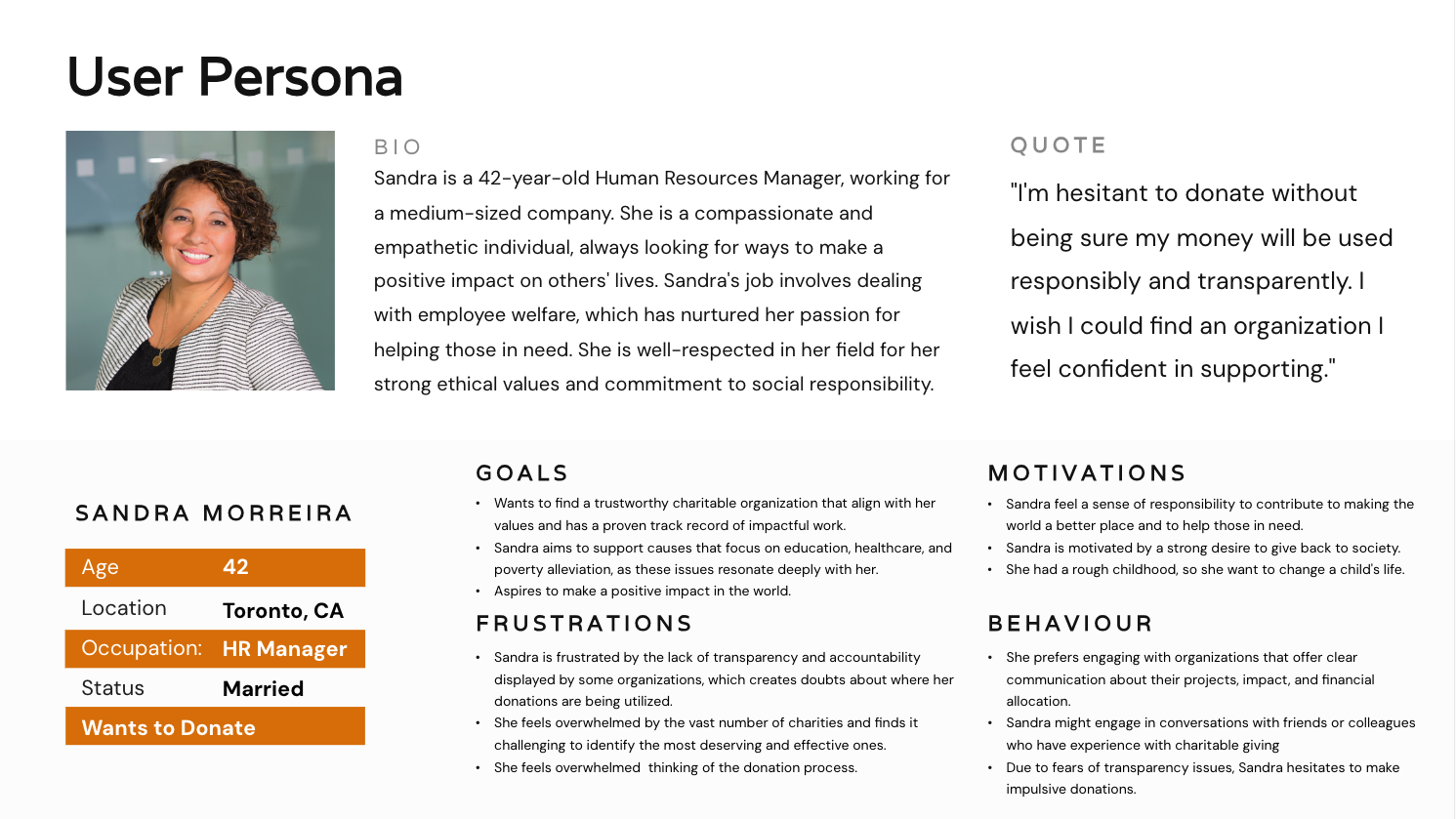
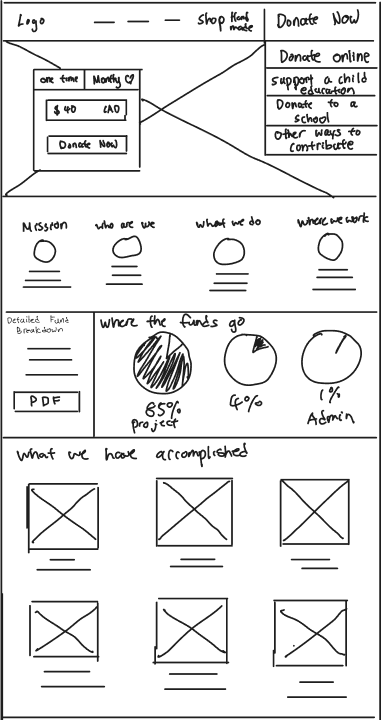
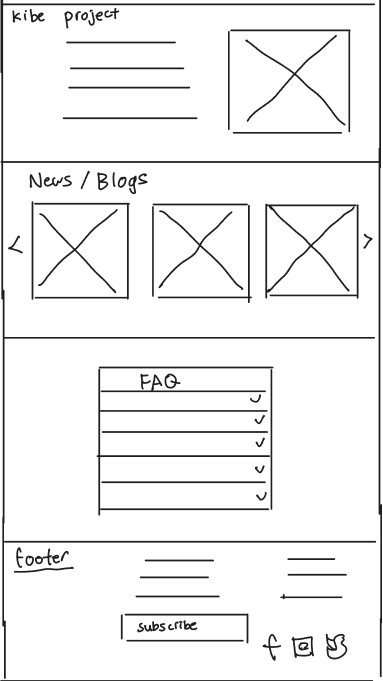
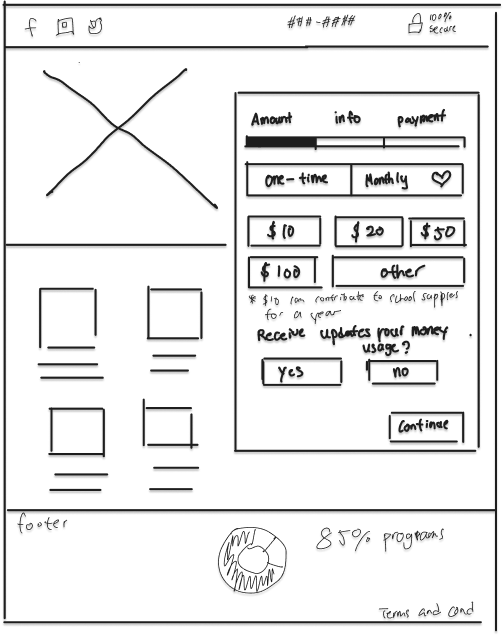
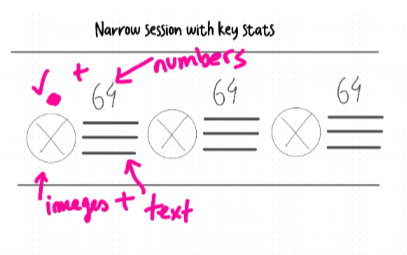
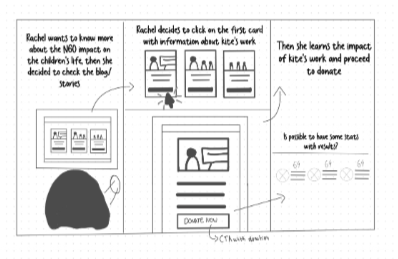
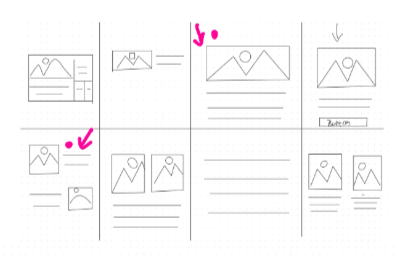
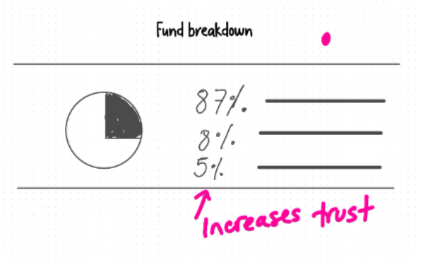
The next step was making it digital! Using Figma, I converted the sketches into mid-fidelity wireframes. I wanted to make sure that I created mid-fidelity wireframes so that during my usability testing, users would focus on the functionality of the application rather than the look of it.
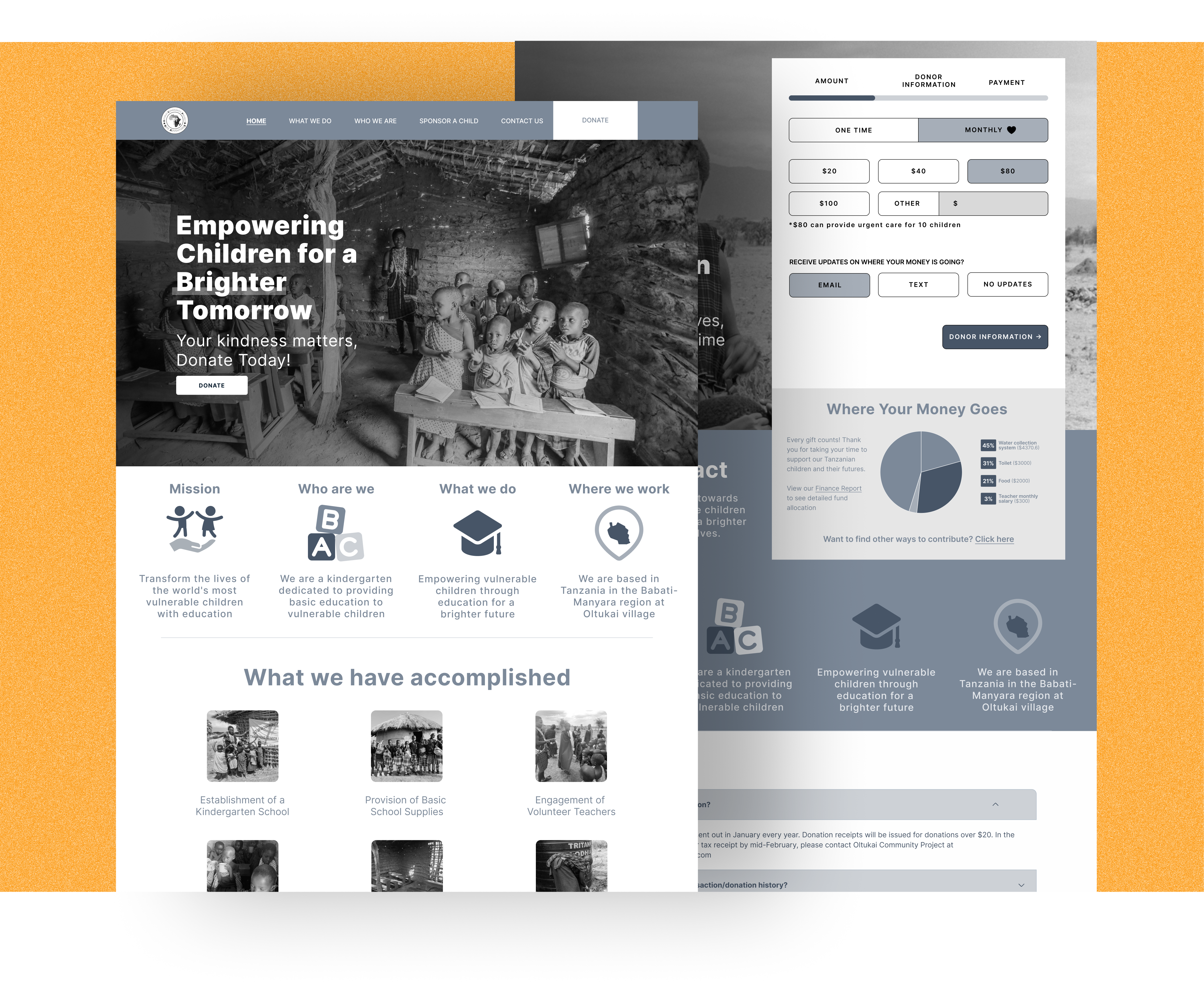

Changes based on answers from user testing:
